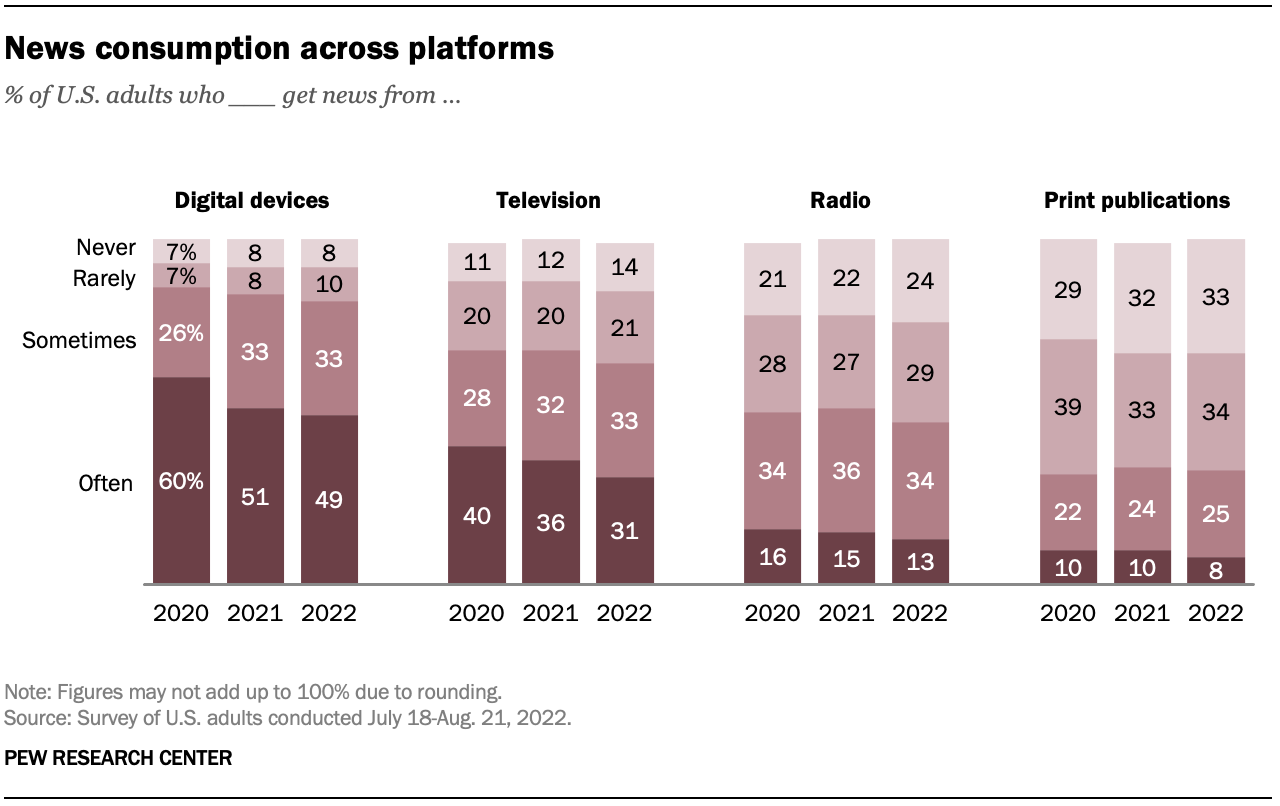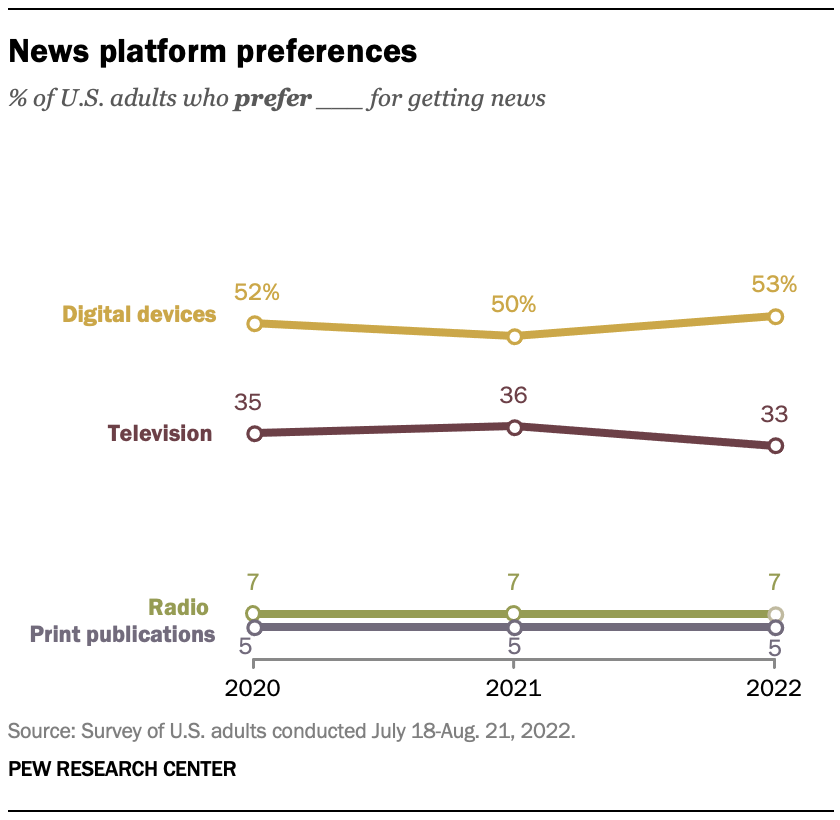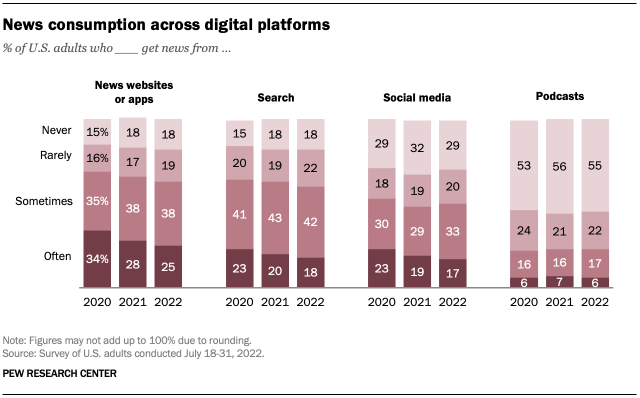(1) Defining News
Defining News
In day-to-day life, news is all around us. Now this generation may be trying to avoid the news, but it is an impossible task.
News is information about a recently changed situation or recent event, but in my own words, I think news can be anything that you were unaware of. Hints of why some people when hearing or learning something new might say"That is news to me".
There are so many different types of news. News also has no limitations. News can be war, government, politics, education, health, the environment, economy, business, fashion, entertainment, and sport, as well as quirky or unusual events. And everyone has different preferences.
With news, there are things you have to be cautious about fake news. Fake news can be news that is simply not true, websites pretending to be someone else, false advertisements, and gossip. There is really no limit to fake news which is scary because it can be found anywhere.
for example, fake news can be someone telling lies about another person in the hallway. Fake news can be edited pictures for teeth whitening or skin care.
Here is the University of West Florida Website for avoiding fake news
1.) Evaluate, Evaluate, Evaluate
Fact-checking involves using criteria such as currency, relevance, authority, accuracy, and purpose to evaluate sources. The CRAAP Test is used in libraries to evaluate websites and news. These criteria include whether the information is current, relevant to research needs, and credible. The author's authority, credibility, and purpose can help determine if the news is intended to outrage, call to action, inform, or sell, providing insight into potential bias.
2.) Google it
To verify information from social media, take 5 seconds to Google it. This will reveal if other reputable news sites, fact-check websites, or biased news organizations have reported the same claim. This is usually enough before sharing.
3.)Get news from news sources
To avoid fake news, it's recommended to visit credible news websites instead of relying on Facebook for trending topics. Instead of relying on news apps on your phone, use news websites to access your news, as verifying every meme or article you come across is easier.
The easiest way to become a victim of fake news is social media. It is more common than you think. People can read one tweet or post and believe anything they see. This is why it is important to be cautious of fake news. Fact-check as often as you can. Below I will link a video to help avoid fake news on social media.

More about news is you can both get it in a physical print and digitally. In the graph, you can see above the news consumption across several platforms.
U.S. adults, including 49% of those who frequently get news from digital devices, are more likely to do so than those who rely on television. This trend is similar to the 51% who often get news from digital devices in 2021, but lower than the 60% reported in 2020. Additionally, the percentage of Americans who frequently get news from television has decreased from 40% in 2020 to 31% in 2022.
About half of Americans prefer digital devices (53%), TV (33%), radio (7%), and print (5%), with these percentages remaining consistent since 2020.

Americans access news through various digital devices, including websites, apps, search engines, social media, and podcasts, with half getting news from these platforms and 23% from podcasts.

these graphs are from Pew Research Center
Whether or not you use the most popular way to get news or not it is super cool how news is always at our fingertips regardless of where you look. In the older days, you had to wait for news to show up at your doorstep from the mailman. Thankful to live in such a mass media world now.



Comments
Post a Comment